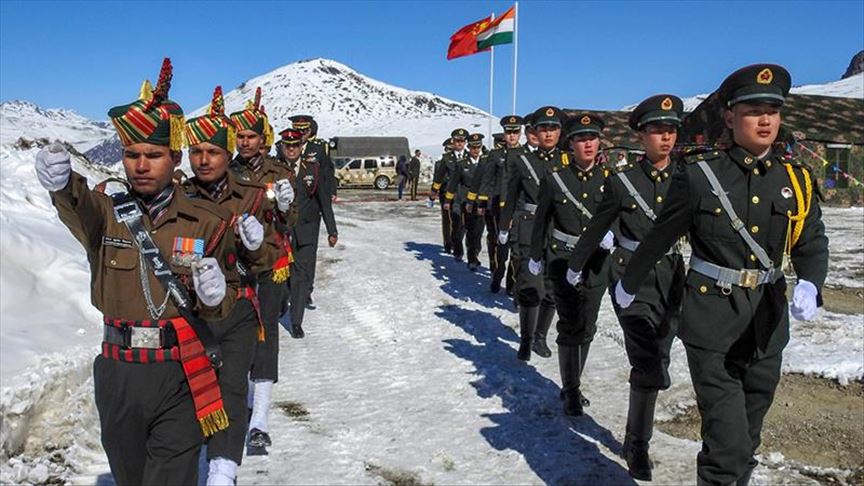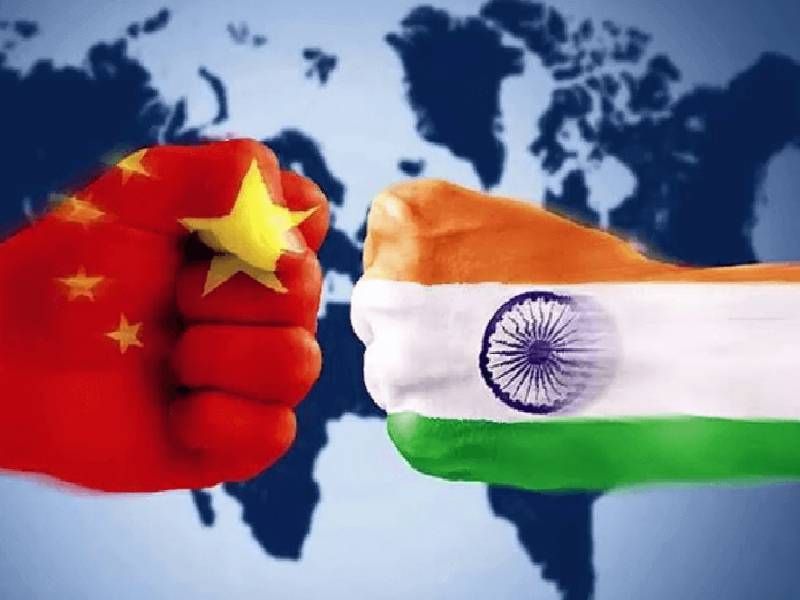
Meeting between both country
On the 13th and 14th of August, the 19th round of the Corps Commander Level Meeting between China and India took place.Military leaders from China and India have vowed to “maintain the peace and tranquility” along their disputed border, ostensibly in an effort to calm things down after a spike in tensions.
The remaining concerns along the LAC in the Western Sector were thoroughly discussed by the two parties in a constructive, positive manner. They conducted their open and forward-thinking discussion in accordance with the leadership’s direction.
The remaining difficulties sino-indian border dispute would be swiftly resolved, and the communication and negotiations would continue through military and diplomatic channels. The two parties decided to maintain the peace and tranquillity in the border regions on the ground in the interim.
Report from Ministry of Affairs
“The two sides had a positive, constructive and in-depth discussion on the resolution of the remaining issues along the LAC in the Western Sector. In line with the guidance provided by the leadership, they exchanged views in an open and forward looking manner,” “They agreed to resolve the remaining issues in an expeditious manner and maintain the momentum of dialogue and negotiations through military and diplomatic channels. In the interim, the two sides agreed to maintain the peace and tranquility on the ground in the border areas,” reads a press release by the Ministry of External Affairs.
History

A History of Disputed Borders:
Due to long-running conflicts over territorial claims, border tensions between China and India have remained a complicated and sensitive topic for many years. In the years following the Indo-China War of 1962, China illegally occupied 38,000 square kilometers of Ladakh and refused to hand up sovereignty to India. China’s claim of ownership over some 90,000 sq km in the eastern region, particularly in Arunachal Pradesh, under the pretense of cultural and religious ties, has worsened the conflict.
Conflicts and Skirmishes: A Precarious Dance
Chinese forces broke over the McMahon Line in the eastern sector of the Sino-Indian War of 1962, which was a pivotal occasion. Battles in Sikkim in 1967 indicated a rise in hostilities in the following years. Despite these conflicts, de-escalations occasionally happened in 1987, 2013, and 2017. However, a terrible increase in the year 2020 resulted in several violent skirmishes and regrettable around 20 fatalities in the Galwan Valley.
Quest for Resolution: A Multifaceted Approach
Several methods were formed in an effort to end this long dispute. The 1993 and 1996 accords attempted to increase trust and define the Line of Actual Control. A thorough diplomatic response to the boundary issue includes the creation of the Joint Working Group (JWG) and the Diplomatic and Military Expert Group. In 2003, the Special Representatives (SRs) mechanism was launched, placing a focus on discussion and negotiation.
Towards Peace: The Road Ahead
The Working Mechanism for Consultation and Coordination (WMCC), which debuted in 2012, has become yet another essential tool for resolving disputes. This diverse strategy demonstrates the willingness of both countries to find compromise and defuse tensions. Although obstacles still exist, the complex web of agreements, discussions, and mechanisms demonstrates a shared desire to find a peaceful and long-lasting solution to the border issue.
In conclusion, the history of the China-India border disputes is lengthy and complicated, characterized by territorial disputes, military confrontations, and diplomatic initiatives. Despite frequent escalations, both countries have demonstrated a commitment to settling the conflict through channels including the WMCC, SRs, and different accords. Although the road to a long-lasting settlement is still difficult, the region’s potential for a better future is highlighted by the universal searching for peace.

